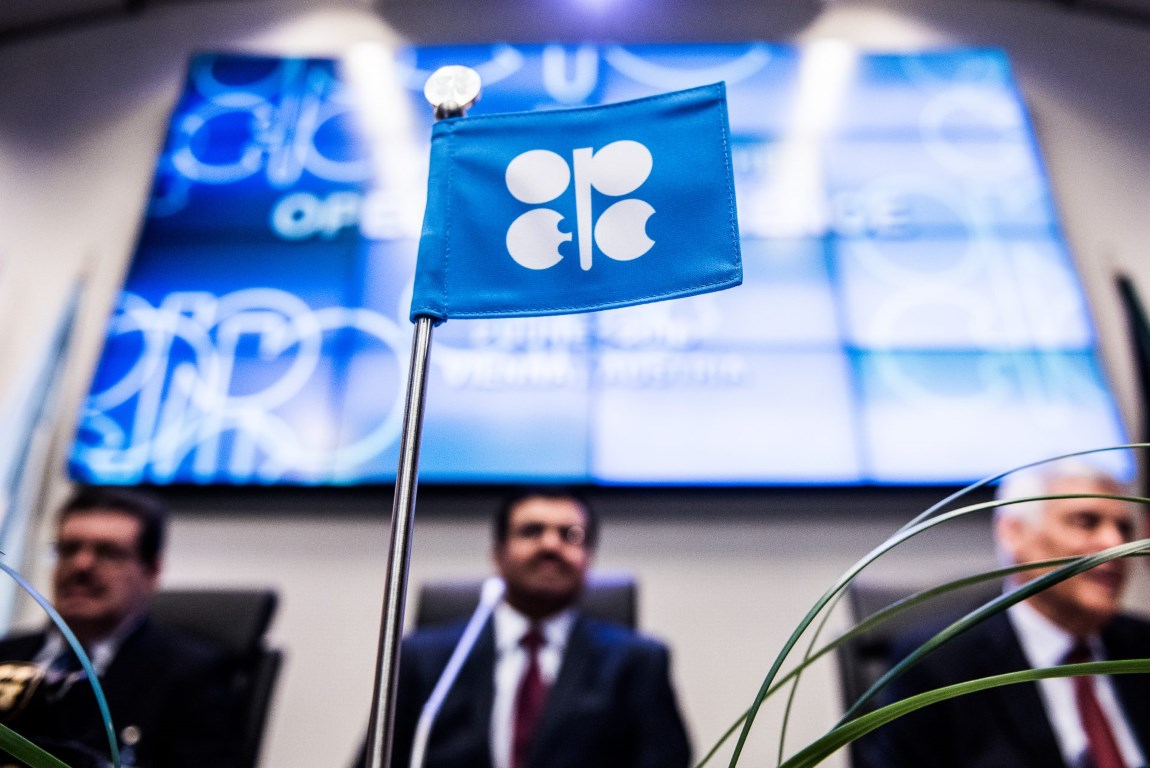OPEC to increase production marginally
June 23, 2018 | Expert Insights

The Organisation of Petroleum Exporting Countries (OPEC) met in Vienna for the 174th Conference on 22nd June.
Global markets are still on edge as OPEC negotiations on a possible increase in oil production, did not result in a clear output value.
Background
"Seven Sisters" was a common term for the seven multinational oil companies, including Ango-Iranian Oil Company, Shell and Texaco, of the "Consortium for Iran" oligopoly or cartel, which dominated the global petroleum industry from the mid-1940s to the mid-1970s. The control of these MNCs over oil prices and production volumes over the sovereign state authority prompted the creation of the Organisation of Petroleum Exporting Countries (OPEC) in 1960 by Iran, Iraq, Kuwait, Saudi Arabia and Venezuela.
OPEC’s formation occurred at a time of transition in the international economic and political landscape, with extensive decolonisation and the birth of many new independent states in the developing world. These states demanded the transfer of authority from foreign MNCs to the new governments. Moreover, entry of Russian crude oil into the European market necessitated an intergovernmental organisation like OPEC.
Headquartered in Vienna, the 11-member body endorses the objective “to coordinate and unify the petroleum policies of its member countries and ensure stabilization of oil markets.” Post 2010, the global economy represented the main risk to the oil market early in the decade, as global macroeconomic uncertainties and heightened risks surrounding the international financial system weighed on economies. Escalating social unrest in many parts of the world affected both supply and demand throughout the first half of the decade, although the market remained relatively balanced. Trade patterns continued to shift, with demand growing further in Asian countries and generally shrinking in the OECD.
Analysis
Iran wanted a lower target for prices of $60 a barrel. It believes a lower price would drive out U.S. shale oil producers, who need a higher margin. Iran's break-even price is just over $50 a barrel, while Saudi Arabia can pump the oil for $2 to $20 a barrel. By competing with each other, they would drive prices even lower and stimulate even more global demand. OPEC countries would, thus, exhaust their most precious resource that much faster. Instead, OPEC members have decided to increase oil production by a modest level, thereby catering to the needs of all members.
Currently, the countries are facing tense domestic and international situations. Iran’s sanctions have been reimposed, Venezuela’s economy is facing severe inflation, Iraq is still fighting ISIS and other non-state actors, Libya and Angola are facing domestic strife, Qatar is dealing with an Arab-Emirati blockade and Saudi Arabia is leading a coalition to drive Houthi rebels out of Yemen. These events factor into a global economy facing supply chain issues from escalating trade wars.
Constraints within the Permian Basin reserves in the US has heightened the urgency for increased oil production for the US. Top OPEC producer Saudi Arabia said the move would translate into a nominal output rise of around 1 million barrels per day (bpd), or 1% of global supply.
Iraq, however, said the real increase would be around 770,000 bpd because several countries that had suffered production declines would struggle to reach full quotas. Iran, OPEC's third-largest producer, had demanded that the organisation reject calls from Trump for an increase in oil supply, arguing that the US has contributed to a recent rise in prices by imposing sanctions on Iran and fellow member Venezuela.
OPEC and its allies have since last year been participating in a pact to cut output by 1.8 million bpd. The measure has helped rebalance the market in the past 18 months and lifted oil to around $74 per barrel from as low as $27 in 2016. A marginal increase in crude production could help Saudi Arabia and Russia replenish their sovereign wealth funds, which they had to use to meet expenses, as crude prices fell until 2016.
India is the third largest importer of crude oil, after China and the United States. The recent surge in crude oil prices have increased India’s oil import bill and burdened the trade deficit. If the trend continues, the government will be forced to cut excise duty, which in turn will increase India's fiscal deficit. This may push chances of a lower credit rating. However, the move to increase production will be favourable to India’s economy.
The agreement failed to announce a clear target for the output increase, leaving traders guessing how much more OPEC will actually pump. Oil prices LCOc1 rose by $1.85 to $74.90 a barrel.
Assessment
Our assessment is that the compromise for marginal increase in production has catered to the needs of the OPEC member states. We believe that non-member states like Russia and the US may receive incremental benefits until a clear output target is achieved.
Read more - 174th OPEC Conference








Comments